Weekly Newsletter
Curated articles every weekApplied Sports Science Weekly Digest #355
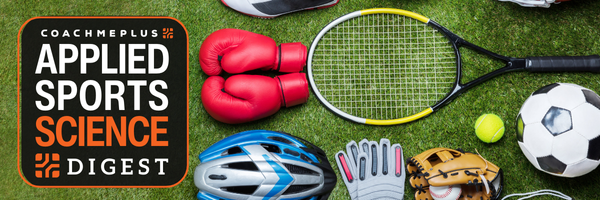

Frontiers in Sports and Active Living | June 2024
Is device-measured physical activity associated with musculoskeletal disorders among young adult Finnish men?
“A, standing, and sedentary times were not significantly associated with the incidence of perceived MSK pain during the last month, except for lumbago pain.“
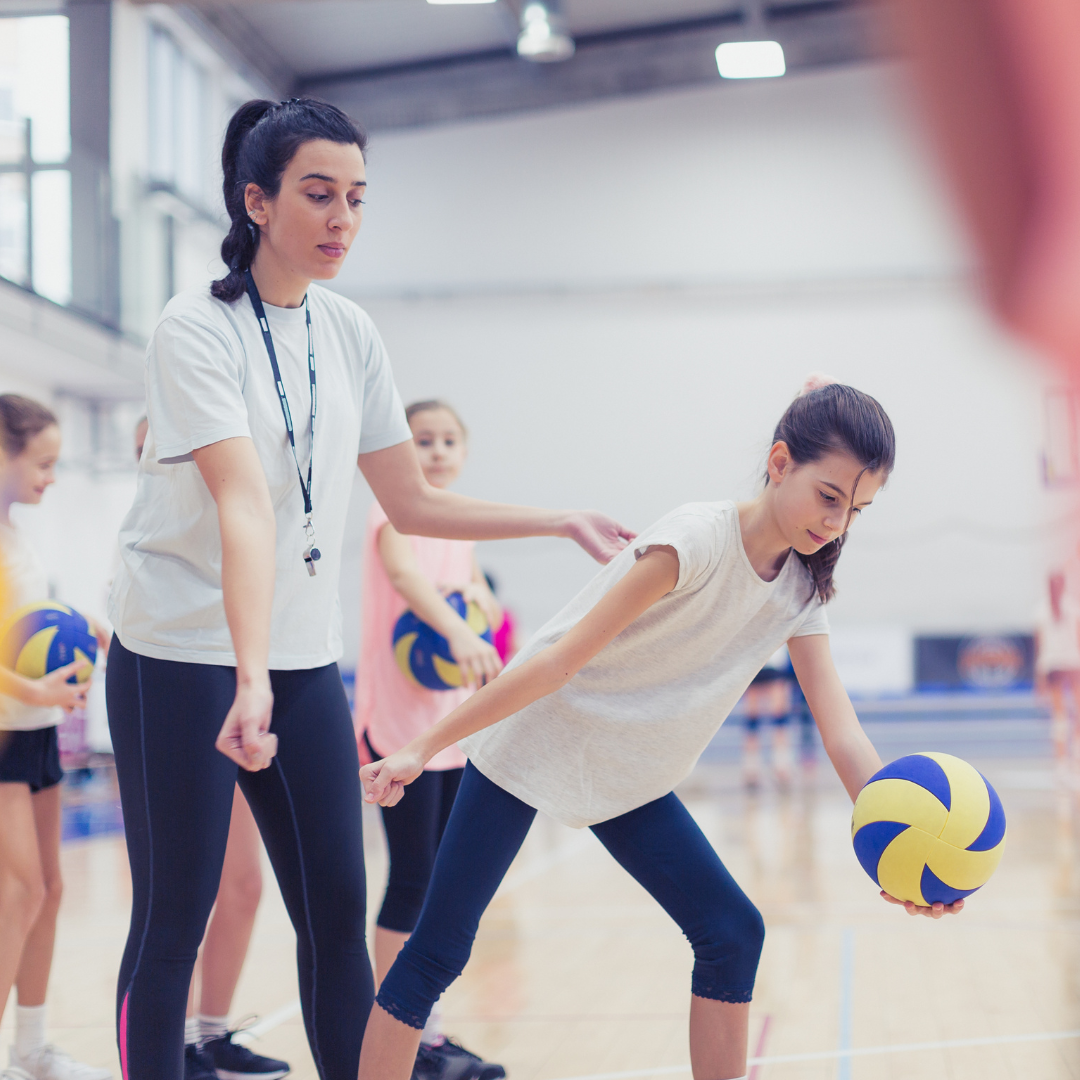
Frontiers in Sports and Active Living | June 2024
Examination of experienced coaches and physical education teachers’ teaching methods and their perceptions regarding these methods
“It is widely acknowledged that coaches and physical education teachers play an important role in supporting holistic development in children and ensuring optimal performance in the training processes carried out to acquire fundamental movements and sport-specific basic skills.”
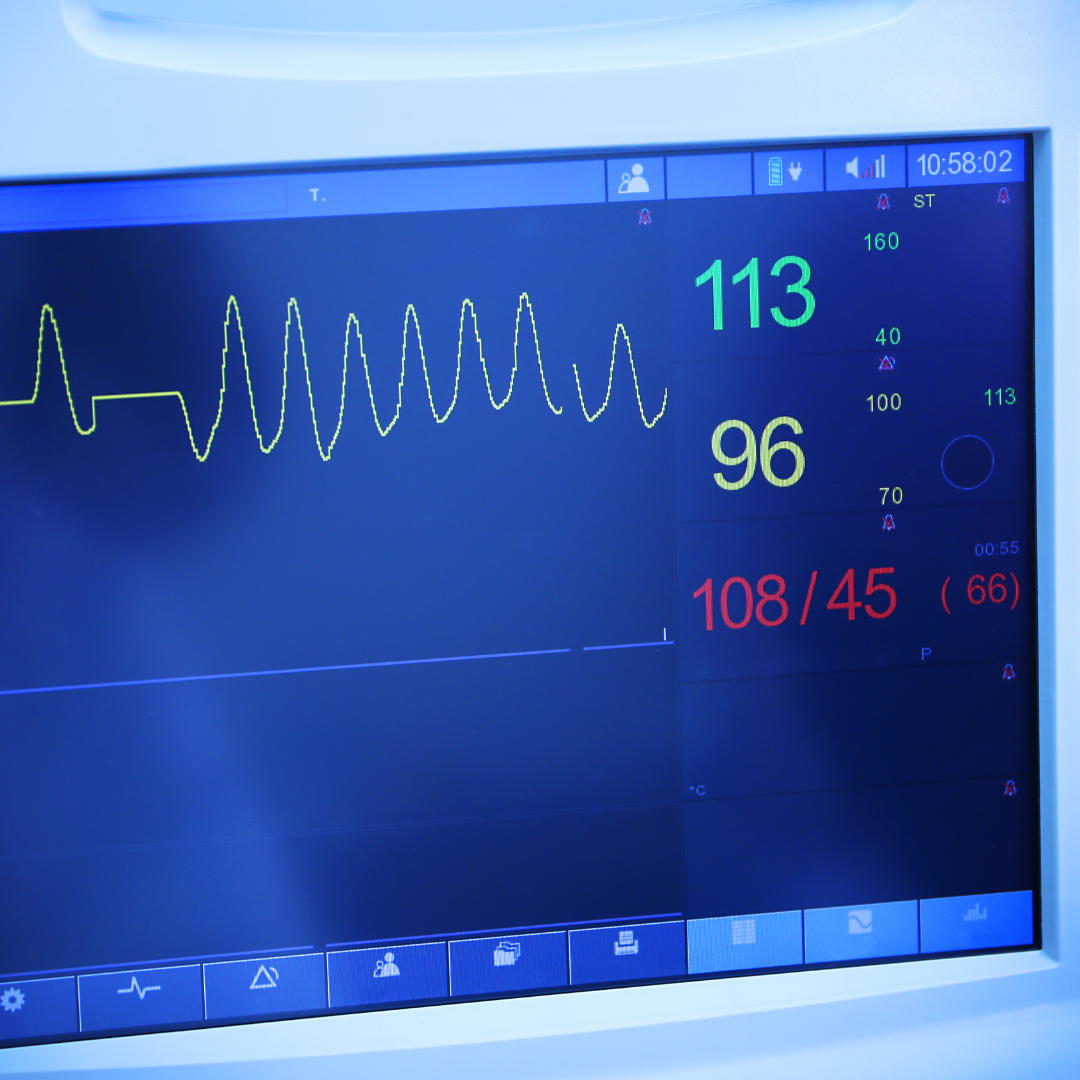
Journal of Science and Medicine in Sport | June 2024
What is the most appropriate age for the first cardiac screening of athletes?
“The risk of SCA/D increases with age, therefore, starting a program at any point after age 12 has added value.“
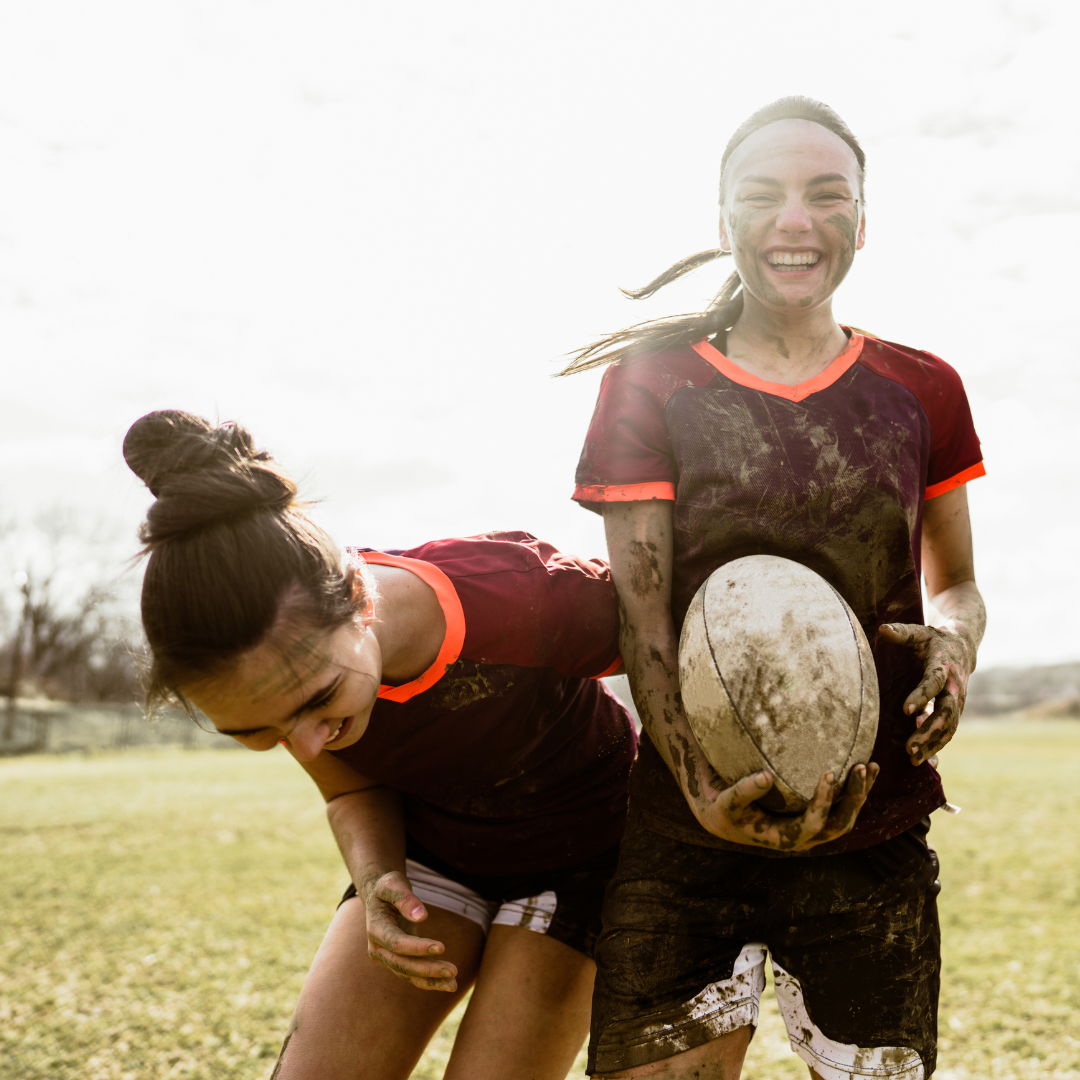
Frontiers in Sports and Active Living | June 2024
An examination of social relations and concussion management via the blue card
“Our findings emphasize the need to attend to social relations in concussion management and provide insight into match officials’ fraught experiences on the frontlines of concussion management.“
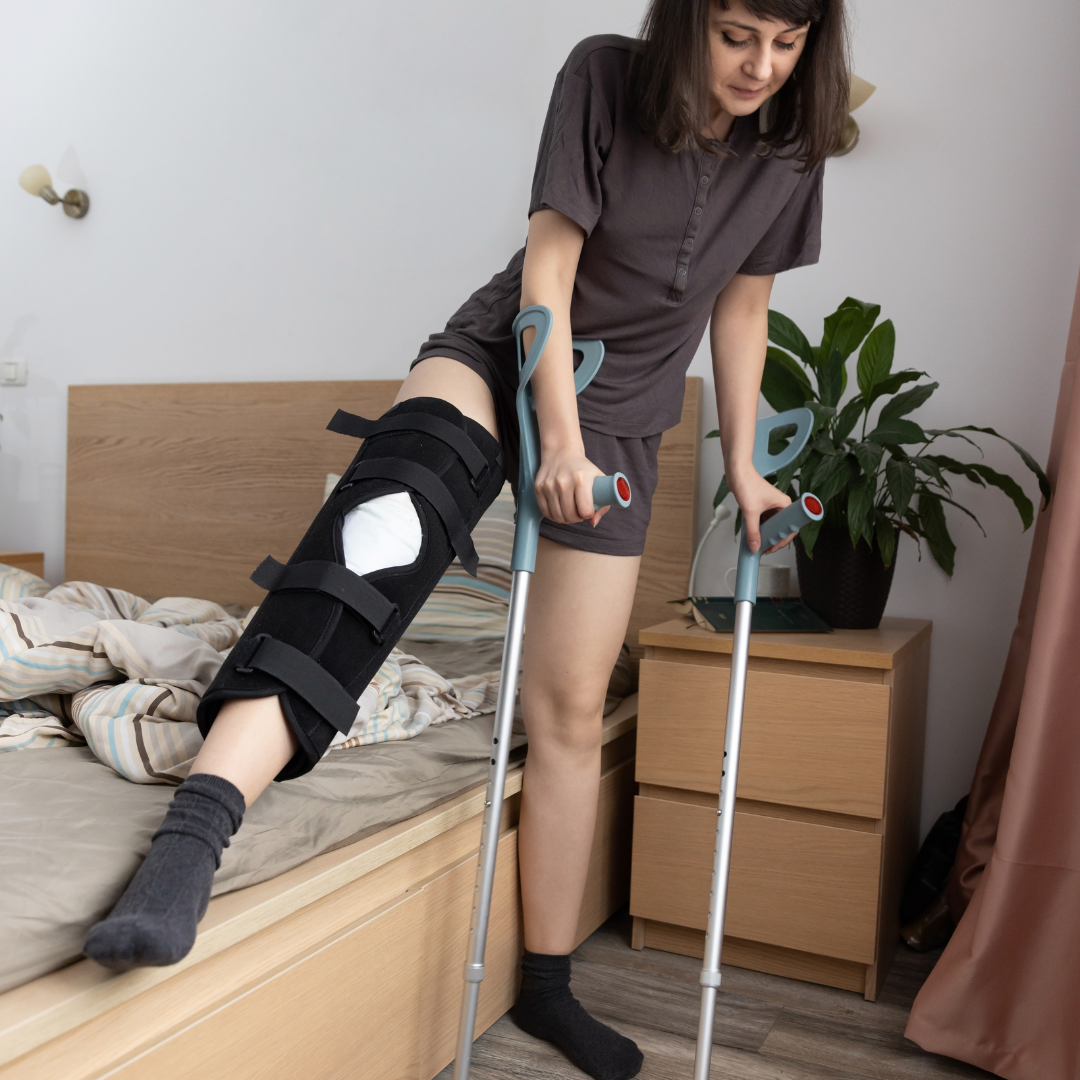
Frontiers in Sports and Active Living | June 2024
Effect of open vs. closed kinetic chain exercises in ACL rehabilitation on knee joint pain, laxity, extensor muscles strength, and function: a systematic review with meta-analysis
“Anterior cruciate ligament (ACL) injuries are common among physically active individuals, often requiring ACL reconstruction (ACLR) for recovery. Rehabilitating these injuries involves determining the appropriate timing for initiating open kinetic chain (OKC) exercises.”
Newsletter History
Applied Sports Science Weekly Digest #329
Frontiers in Sports and Active Living | December 2023Association between daily screen time and risk of stroke among middle-aged and elderly people: research based on China health and nutrition survey"We found that the high screen time was associated with an increased...
Applied Sports Science Weekly Digest #328
Frontiers in Sports and Active Living | December 2023The impact of videogames on the mood of amateur youth players during consecutive games"Pre-match mood does not influence post-match performance, but mood changes do occur between successive matches depending on the...
Applied Sports Science Weekly Digest #327
Frontiers in Sports and Active Living | November 2023Good organizational practices to encourage women high-performance coaches in sports"Practically, findings revealed 12 good organizational practices and 31 associated recommendations to assist senior managers from...
Research Articles
Suggested articles for further readingBODY COMPOSITION
Jackson, A and Pollock, M. Generalized equations for predicting body density of men. British Journal of Nutrition. 1978;40:497-504. Abstract
Siri, W. Body composition from fluid space and density. Brozek & A. Hanschel (Eds.), Techniques for measuring body composition. 1961;223-244. Abstract
Brozek, J, Grande, F, Anderson, J, and Keys, A. Densitometric analysis of body composition: Revision of some quantitative assumptions. Annals of the New York Academy of Sciences. 1963;110:113-140. Abstract
INJURY PREVENTION IN YOUTH ATHLETES
Chu, D., A. Faigenbaum, and J. Falkel. Progressive Polymetrics for Kids. Monterey, CA: Healthy Learning. 2006
Hewett, T. G. Myer, and K. Ford. Reducing knee and anterior cruciate ligament injuries among female athletes. J Knee Surg 18:82-88. 2005.
Micheli, L. Preventing injuries in sports: What the team physician needs to know. In: F.I.M.S. Team Physician Manual, 2nd ed., K. Chan, L. Micheli, A. Smith, C. Rolf, N. Bachl, W. Frontera, and T. Alenabi, eds. Hong Kong: CD Concept. 2006. pp. 555-572.
RPE (RATING OF PERCEIVED EXERTION)
Pandolf, K, Billings, D, Drolet, L, Pimental, N, and Sawka, M. Differentiated ratings of perceived exertion and various physiological responses during prolonged upper and lower body exercise. European Journal of Applied Physiology and Occupational Physiology. 1984;53:5-11. Abstract
Baden, D, McLean, T, Tucker, R, Noakes, T, and St Clair Gibson, A. Effect of anticipation during unknown or unexpected exercise duration on rating of perceived exertion, affect, and physiological function. J Sports Med. 2005;39:742-746. Abstract
SLEEP
For a more thorough list about sleep, check out Fatigue Science’s extensive research page.
Russel, C., PhD, J.A., PhD, Arand, D., PhD, Myers, L.J., PhD, Wubbels, P., BS, and Downs, H., PhD. Validation of the Fatigue Science Readiband™ Actigraph and Associated Sleep/Wake Classification Algorithms. Archinoetics, LLC.
Globe and Mail. The Globe and Mail, 31 Dec. 2014. Web. 13 Apr. 2015. Article
Mah CD; Mah KE; Kezirian EJ; Dement WC. The effects of sleep extension on the athletic performance of collegiate basketball players. SLEEP 2011;34(7):943-950.
GPS (GLOBAL POSITIONING SYSTEM)
Varley M, Fairweather I and Aughey R. Validity and reliability of GPS for measuring instantaneous velocity during acceleration, deceleration and constant motion. Journal of Sports Sciences. 2012;30(2):121-127. Abstract
Boyd L, Ball K and Aughey R. Quantifying external load in Australian football matches and training using accelerometers. I J Sports Phys and Perf. 2013;8(1):44-51. Abstract
Gabbett T. Quantifying the physical demands of collision sports; does microsensor technology measure what it claims to measure? J Strength and Conditioning Research. 2013;27(8):2319-2322. Abstract
HYDRATION
For a thorough list of publications about hydration, visit the Gatorade Sports Science Institute Publications page.
Osterberg, K, Horswill, C, and Baker, L. Pregame urine specific gravity and fluid intake by National Basketball Association players during competition. Journal of Athletic Training – J ATHL TRAINING. 2009 01-02;44(1):53-7. Abstract
Godek, S, Peduzzi, C, Burkholder, R, Condon, S, Dorshimer, G, and Bartolozzi, A. Sweat rates, sweat sodium concentrations, and sodium losses in 3 groups of professional football players. Journal of Athletic Training. 2010 Jul-Aug; 45(4): 364–371. Abstract
WELLNESS QUESTIONNAIRE
Hooper, S, Mackinnon, L. Monitoring overtraining in athletes: recommendations. Sports Med. 1995;20(5):321–327.
McLean, B, Coutts, A, Kelly, V, McGuigan, M, and Cormack, S. Neuromuscular, endocrine, and perceptual fatigue responses during different length between-match microcycles in professional rugby league players. International Journal of Sports Physiology and Performance. 2010;5:367-383. Abstract
HRV (HEART RATE VARIABILITY)
Holman, A and Ng, E. Heart rate variability predicts anti-tumor necrosis factor therapy response for inflammatory arthritis. Auton Neurosci. 2008;143:58-67. Abstract
Fomin, R and Nasedkin, V. Effective management of athlete preparation: a comprehensive approach to monitoring of athlete’s individual readiness. White paper, Omegawave, ePub. 2013.
FORCE PLATE
Linthorne, N. Analysis of standing vertical jumps using a force platform. American Journal of Physics. 2001. Abstract
Guillaume L, Wagner P, and Tombleson T. Countermovement jump height: gender and sport-specific differences in the force-time variables. Journal of Strength and Conditioning Research. 2013. Abstract
ithlete. Guide to training with heart rate variability (HRV). HRV Fit Ltd. 2012. Download
